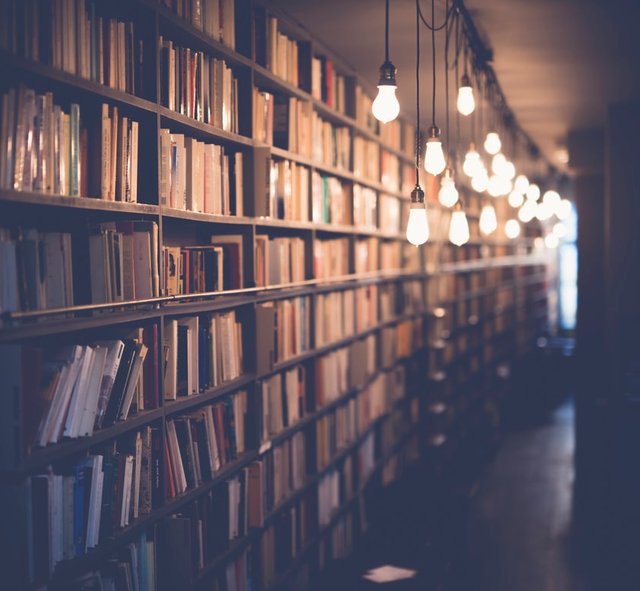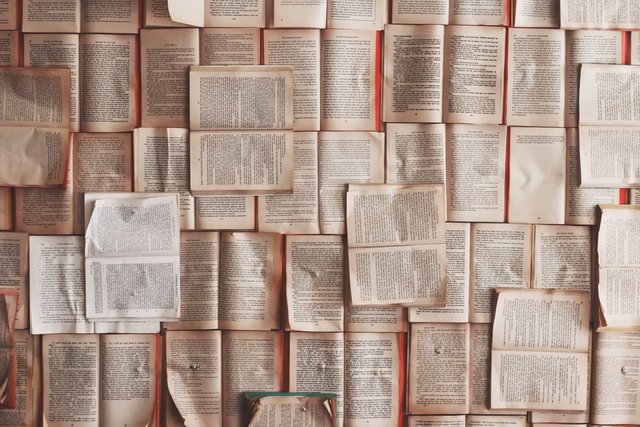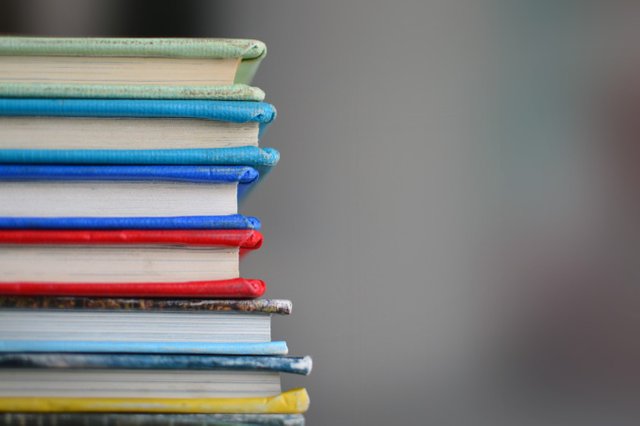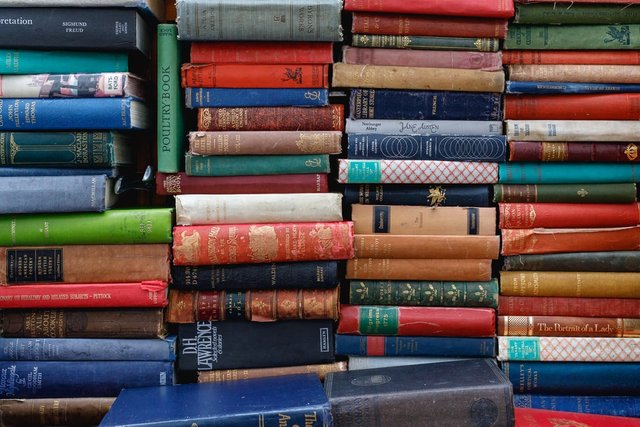Close Reading for Creative Writers
Close Reading for Creative Writers
As writers, we have a wealth of others to look to in order to perfect our craft. But I think more than taking in the generalities of character, setting, and plot, one must be a careful reader and pay attention to the language. The effect of precise and powerfully constructed sentences will be far greater than anything the most interesting plot could ever come to offer. The best way to learn to write, then, is oftentimes by reading and imitating. Only through the perfection of this technique have the masters come to write masterpieces. Here are some strategies for making the most out of your reading.

Word by Word
Chew on each word as it comes and really consider the nuance and the connotation, as well as the denotation and its use in context. Really consider why this particular word was selected, and not a near synonym. In the works of masters, it is hard to ignore that the words have been deftly chosen. Going word by word, and by that same token, sentence by sentence, paragraph by paragraph, can pay off. You may notice glaring themes that may not have been noticed if read over quickly.

Annotation

Hunt for Patterns

Reflection
Closing Thoughts
Practice closer reading, and really combing through pieces once, twice, three times. This is more difficult to do with longer works such as novels, but even they can benefit from second and third reads. In digesting what you are reading, you can master the same techniques in your own writing.
Writers have to be avid readers. There's no other way.
Being that I am looking to one day call myself a proper poet, the need to stay munching on written words right now is nothing but high. Thank you so much for the free lessons ♡
Not a problem. I'm glad you were able to find this useful.
♡♡♡
This is a good advice. Though I feel close reading takes the enjoyment out of what I read and it makes it like school work. A good compromise I guess is to read it the first time for fun. Then after sometime read it again but this time pay attention to details and follow some of the advice given here.
Taking time in between readings can be a good thing. Writing as perfectly as those that have already been published, though, will require work. Not everybody will learn to write this way, but it is a tried and true method of becoming a writer. But reading it once for enjoyment, and then again for detail is a powerful method of close reading.